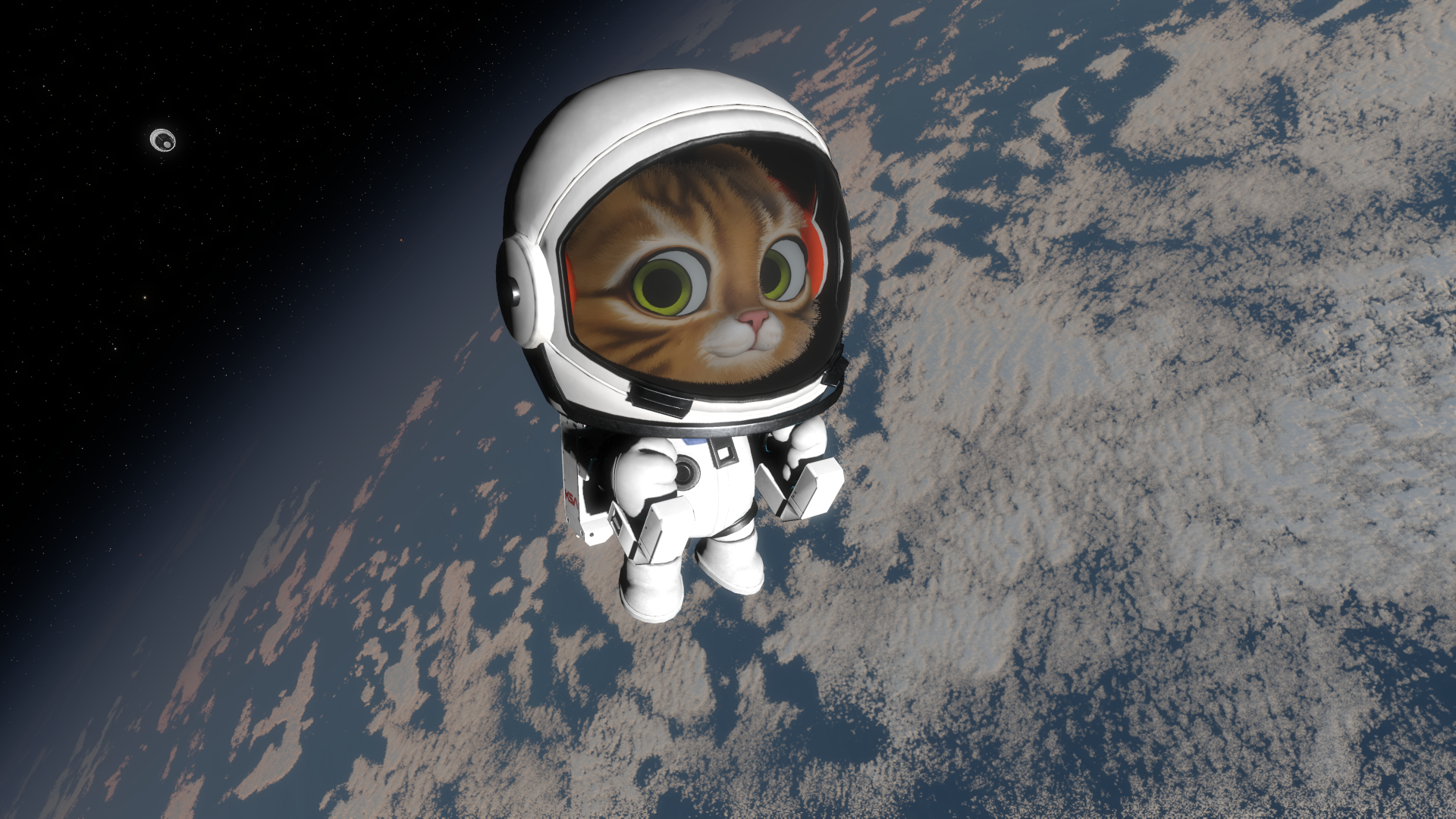At Home in 'Rocco's Lab'
Virginia Woolfonce famously said, "A woman must have money and a room of her own if sheis to write fiction." It might as accurately be said that a scientist musthave funding and a lab of her/his own. In the summer of 2004 the nearly 50 CarlSagan Center (CSC) scientists of the SETI Institute moved to a new facilitywith three vacant laboratory spaces and instantly acquired entire new vistas ofresearch. One of those laboratories has been fully outfitted and operationalfor nearly six months now. That has made all the difference to Dr. Rocco Mancinelliand the other astrobiologists who analyze their samples in the MicrobialEcology and Molecular Microbiology Laboratory--Lab 2 or simply 'Rocco's lab" tofriends.
Astrobiologists,those cross disciplinary scientists dedicated to investigating the broadquestion of life in the universe, often study extremophiles, organisms thatlive at the edges of what life is known to tolerate. Bubbling acidic hotsprings,deep ocean blacksmokers, and deep dark caves are the sources of someresearchers' extremophiles-those that love high temperatures, great pressuresor live without light, but Dr. Mancinelli gets his microbes wherever there islots of salt. Halophiles are salt lovers and thrive where salt abounds inconcentrations that would kill most ordinary organisms. Halophiles areincredibly robust creatures.
Mancinelli has flown them in the vacuum and freezing temperatures of space, exposed to intense radiation, and most of themreturned alive and well. He regularly collects them from salty mountain lakeshigh in the Bolivian Andes, but he can also find them right next door in theSan Francisco Bay. In fact, halophiles are found in all waters with high saltcontent, that is, from 15% up to the saturation point. There are halophiles inall three known branches of living systems (domains of life), that is, the Archea,organisms having characteristics of both the Bacteria and the Archaea,Bacteria, the most prevalent organisms on earth and the Eukaryotes, whichinclude the most complex organisms on earth including you and me. Because thesehalophilic microbes are so ubiquitous and so robust, they are great candidatesfor the kind of organism that might once have lived or possibly even stillsurvives, on Mars.
Oncesamples arrive in the Halophile Lab, they are studied to see what they contain.Lake or seawater samples are usually stored at 4? in the refrigerator beforeanalyses begin and then a bit is "innoculated" into a flask of halobroth,a rich salty solution that encourages the organisms to thrive and multiply. Abit of this resulting mixture is then "streaked" onto a set of Petridishes or "plated" with more halobroth, and colonies of organismsoften result. In this way, often simply through visual inspection, a singleorganism can be identified, reintroduced to a halobroth flask, cultured andplated and ultimately isolated for further study. Once a single organism isisolated, the real fun begins.
Some of thehalophilic organisms are incubated at a range of temperatures, such as 4?, 12?,ambient and 37? C to see how they survive and grow. Mostly, they do quite well,growing more slowly at the low temperatures and growing more rapidly at thewarm temperatures. Some of them are irradiated with ultra violet (UV) light inthe controlled laboratory setting and then carefully studied to see how theyare affected and to gain clues to their survival strategies, whether it be fromthe salt itself or from some clever genetic mechanism. Some of them are reallyput through their paces with freeze and thaw cycles. Most of them still manageto survive even this sort of radical environmental change. Again, they arecarefully studied to see just what constitutes the survival mechanism.
WhileRocco's Lab is not his first, by any means, all these carefully controlledstudies are greatly facilitated by having an on-site laboratory dedicated tothe study of microbial ecology and under the management of a single researcher.The team takes strict care of both the organisms and the lab itself. Having alab dedicated to specific aspects of microbial ecological research has greatlyadvanced the team's ability to make progress. In fact, Dr. Mancinelli and histeam are about to embark on a next-steps series of experiments to complementthe characterization studies of the halophiles: studies of the nitrogen cycle,how nitrogen is fixed and released in soils in dry, high altitude Marsanalogues. Mancinelli believes that nitrogen, a critical element for biologicsystems, may be a key bio-marker. Now that he has a lab of his own, he mightjust find out.
- All About SETI
- Exploration Starts at Home
- Search for Alien Life
- Extremophiles: Not So Extreme?
- Mars Mission Missed Microbes, Report Claims
- Mars Madness: A Multimedia Adventure
- Video: Mars Life?
Breaking space news, the latest updates on rocket launches, skywatching events and more!
Lisa is a former contributor to Space.com in the fields of Search For Life, Mars, and Space Exploration. She is currently retired and serves as the President of the Board of Directors for the Kamuela Philharmonic Orchestra in Hawaii doing fundraising, events, strategic planning, recruiting new board members, and project management. Lisa was also Director of Multimedia Communications at the NASA Ames Research Center from 2003-2008.
